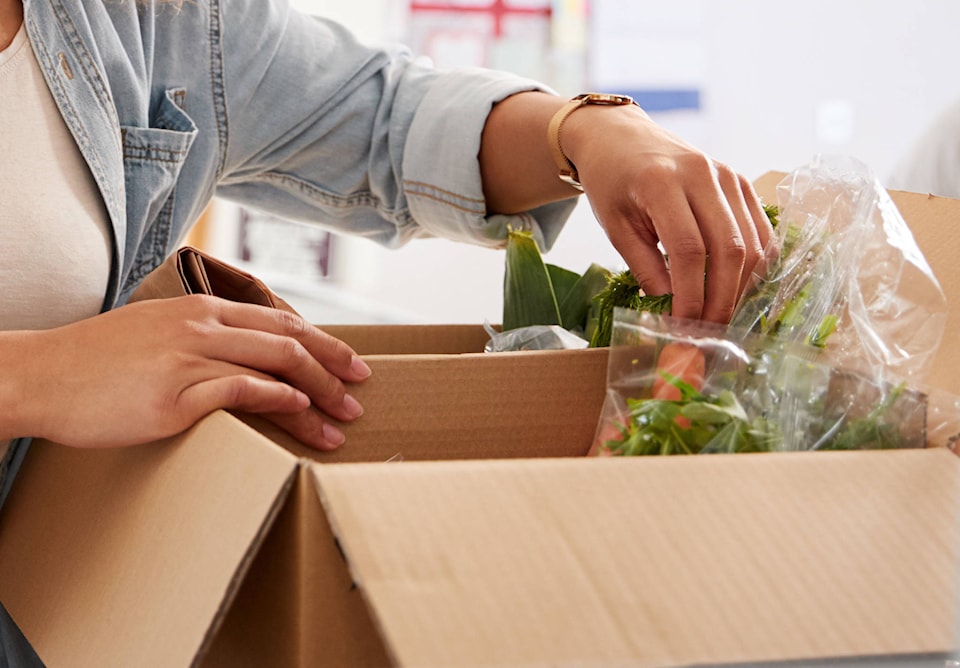In 2017 the National Zero Waste Council conducted research on household food waste in Canada, and the results were astonishing: 63 per cent of the food Canadians throw away could have been eaten.
For the average Canadian household that amounts to 140 kilograms of wasted food per year – at a cost of more than $1,100 per year!
For Canada as a whole, that amounts to almost 2.2 million tonnes of edible food wasted each year, costing Canadians in excess of $17 billion!
All types of food are wasted, but in Canada the most prominently wasted foods by weight are:
- Vegetables: 30 per cent
- Fruit: 15 per cent
- Leftovers: 13 per cent
- Bread and Bakery: 9 per cent
- Dairy and Eggs: 7 per cent
Food waste is a solvable problem. Love Food Hate Waste Canada offers simple steps to reduce food waste, from storing food so it stays fresh to using up leftovers to meal planning. It’s an educational campaign to assist people on how they handle and store food.
“Good food” boxes have been touted as another viable way to assist with meal planning and ensure that there is less food waste. It’s also an ideal service for people who find it difficult to shop or cook for themselves.
With the emergence of the COVID-19 pandemic, and people being encouraged to “stay home” the driver of the municipal recycling truck is reporting a large increase in the volume food delivery service boxes. Hopefully, people are finding their personal food waste is lower by subscribing to these delivery services but there seems to be some confusion around the packaging being 100 per cent recyclable.
Most of these food delivery services state that their boxes are 100 per cent recyclable and recommend putting all cardboard and paper items out with household recycling. These boxes typically have a mixed material (foil or plastic liner) which is not recyclable and considered a contaminated product. The plasticized foil liner is glued to the cardboard but does tear away (relatively easily). Recycle BC has confirmed that these food boxes need to have the liner removed and put into the garbage, the remaining cardboard box is then fully recyclable.
People have gotten the concept that greasy pizza boxes are not recyclable and considered contaminated. Several people report cutting out the grease stained portions of the cardboard pizza box which is amazing! With a little education it’s hoped that people recognize that the mixed material liners are not recyclable. The liners of food boxes must be removed and disposed of correctly.
For more information on local recycling services you can refer to the ACRD website at acrd.bc.ca/recycling or look check out the Facebook page “Alberni Valley Waste Reduction Education.”
